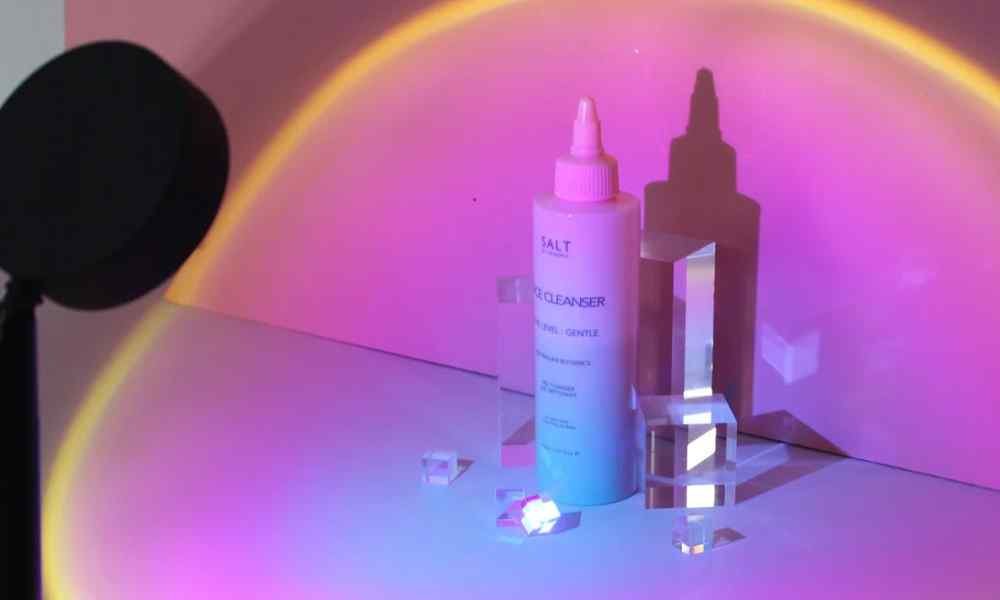Product photography is not merely about capturing images of products; it’s an art form that involves understanding the psychology of visual perception, mastering lighting techniques, and utilizing composition to create compelling visuals that drive sales. In this article, we’ll delve into the science behind effective product photography and explore how it can significantly impact brand perception and sales conversion rates.
1. Introduction to Product Photography
Product photography plays a crucial role in e-commerce, advertising, and branding. It involves showcasing products in the best possible light to attract and engage potential customers.
2. Importance of Product Photography
Enhancing Brand Image
High-quality product photography can elevate a brand’s image by portraying professionalism and attention to detail. It builds trust and credibility among consumers, leading to increased brand loyalty.
Increasing Sales Conversion Rates
Studies have shown that compelling product images can significantly impact purchasing decisions. Well-executed product photography can entice customers to make a purchase by highlighting the features and benefits of the product effectively.
3. Understanding the Science Behind Effective Product Photography
Psychology of Visual Perception
Visual perception plays a very important role in how consumers perceive and interact with product images. Understanding principles such as symmetry, balance, and visual hierarchy can help create images that capture attention and convey information effectively.
Color Theory and Its Impact
Colors evoke emotions and influence purchasing behavior. By understanding color psychology, Minot commercial photographers can choose colors that resonate with their target audience and convey the desired brand message.
Lighting Techniques
Lighting is perhaps the most critical aspect of product photography. Different lighting setups can create various moods and highlight different aspects of the product. Techniques such as softbox lighting, natural light, and artificial lighting can be used to achieve desired results.
4. Elements of Successful Product Photography
Composition and Framing
Composition refers to how elements are arranged within the frame. It involves factors such as framing, perspective, and visual balance. A well-composed photograph can draw the viewer’s eye to the focal point and create a sense of harmony.
Focus and Depth of Field
Selective focus and depth of field can be used to direct the viewer’s attention to specific areas of the product. By controlling focus, photographers can emphasize key features while blurring out distracting elements in the background.
Props and Backgrounds
Props and backgrounds play a crucial role in setting the mood and context for product images. Choosing the right props and backgrounds can enhance the visual appeal of the product and create a cohesive brand identity.
5. Tools and Equipment for Professional Product Photography
Cameras
While high-end DSLR cameras are commonly used for product photography, advancements in smartphone cameras have made them a viable option for capturing high-quality images.
Lenses
Different lenses offer various perspectives and focal lengths, allowing Phoenix Event photographers to achieve different effects. Macro lenses, for example, are ideal for capturing intricate details, while wide-angle lenses can be used to capture expansive scenes.
Lighting Setup
A well-planned lighting setup is essential for achieving consistent and professional-looking results. This may include studio lights, reflectors, diffusers, and modifiers to control the intensity and direction of light.
6. Tips for Creating Stunning Product Photographs
Use of High-Quality Images
High-resolution images are essential for showcasing product details and textures effectively. Investing in professional photography equipment and post-processing software can yield superior results.
Consistency in Brand Aesthetics
Maintaining a consistent visual style across all product images helps reinforce brand identity and creates a cohesive shopping experience for customers.
Emphasizing Product Details
Highlighting unique features and benefits of the product can help differentiate it from competitors and persuade potential customers to make a purchase.
7. Editing and Post-Processing Techniques
Image Retouching
Image retouching involves enhancing colors, adjusting exposure, and removing imperfections to create polished and professional-looking images.
Color Correction
Color correction ensures that product colors appear accurate and true to life across different devices and platforms.
Background Removal
Removing backgrounds or replacing them with neutral or complementary backgrounds can help draw attention to the product and create a clean and clutter-free image.
8. Case Studies of Successful Product Photography Campaigns
Before and After Examples
Analyzing before and after images of product photography campaigns can provide insights into the impact of effective photography on brand perception and sales.
Impact on Brand Perception and Sales
Case studies demonstrating the correlation between high-quality product photography and increased sales conversion rates can inspire businesses to invest in professional photography services.
Conclusion
Effective product photography goes beyond merely capturing images; it’s about creating visual narratives that resonate with consumers and drive sales. By understanding the science behind product photography and implementing best practices, businesses can elevate their brand image and achieve tangible results in today’s competitive marketplace.
Unique FAQs
Why is product photography important for e-commerce businesses?
Product photography helps businesses showcase their products in the best possible light, increasing sales conversion rates and enhancing brand perception.
What role does lighting play in product photography?
Lighting is crucial for highlighting product details, textures, and colors. Different lighting setups can create various moods and aesthetics.
How can I ensure consistency in my product photography?
Maintaining consistent lighting, composition, and editing styles across all product images helps create a cohesive brand identity and shopping experience.
What are some common mistakes to avoid in product photography?
Common mistakes include poor lighting, cluttered backgrounds, and inconsistent styling. Attention to detail and careful planning can help avoid these pitfalls.
Is professional photography equipment necessary for product photography?
While professional equipment can yield superior results, advancements in smartphone cameras and editing software have made it possible to achieve high-quality product images with minimal investment.



